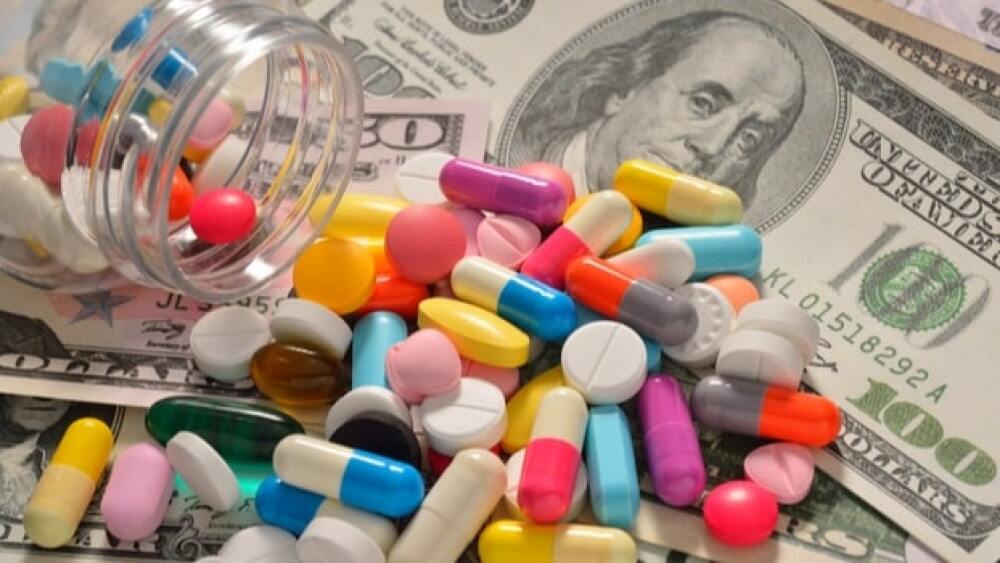Americans pay the highest drug prices in the world while importing drugs for lower prices from other countries has been locked down on a personal level and labeled as “unsafe.”
Prescription drug cost has been at the forefront of contention over America’s healthcare system. Americans pay the highest drug prices in the world while importing drugs for lower prices from other countries has been locked down on a personal level and labeled as “unsafe.”
Since 2010, PharmacyChecker has been providing background certification services to ensure high standards of international online pharmacies. Today, the online company published a report to take the blinders off the myth that U.S. pharmaceuticals are safer due to being “made in the USA.”
While many consumer products require a “made in” label, pharmaceutical drugs do not. In its latest project, “Not Made in the USA,” PharmacyChecker dug into the top 100 drugs based on total expenditures in Medicare Part D in 2018. The research uncovered that most of these brand products are being produced outside of the U.S. Nearly 80% of the active pharmaceutical ingredients (APIs) are not made locally, while 68% of the drug formulations are completed offshore.
These are not cheap generics being considered. The drugs covered by the report are expensive cancer treatments and biologics. Almost all drugs are being made in high-income countries with manufacturing safety practices at least equal, if not superior, to those in the United States. Only one drug, Imbruvica, included an API made in China. The product was finished in the U.S. Many generic drug ingredients come from China, a point the report brings out regarding national security vulnerabilities.
Perhaps more perplexing is that from the drugs accessible online, the average international mail-order prices were 75% lower than average U.S. pharmacy prices. Compared to Canada, the maple leaf country’s dispensing pharmacy prices were 70% lower.
“What I find most interesting in this data-driven report from PharmacyChecker.com is the symbiosis that has evolved between big PhRMA and the FDA,” the University of Michigan Economics Professor Stephen Salant, Ph.D., said in the foreword to the report.
“Both the regulator and the regulated benefit from the same lie—that imports of prescription drugs from Canada, the U.K. and the European Union pose a grave risk to American consumers and that only the FDA can protect Americans from imports, which are inherently dangerous regardless of the country of origin. As this report documents for each of the 100 drugs on which Medicare D spends the most, the vast majority of prescription drugs sold in U.S. pharmacies are produced abroad and imported by their manufacturers to this country. What manufacturers fear most is the loss of their monopoly on importation and the exorbitant prices it secures.”
Under the current policy, prescription drugs are not required to be labeled with the country of origin or manufacturer for the finished products or ingredients inside. This is the first of a list of policy recommendations from PharmacyChecker: tell us where our drugs are coming from. “Require manufacturers to clearly identify the country of origin of a drug’s API and FDF.”
PharmacyChecker’s president, Gabriel Levitt, focused his report on branded drugs because these prove to have the largest price gap when comparing the U.S. to other countries. While 90% of prescriptions dispensed each year are generics, brand-name drugs make up 80% of expenditures. In an analysis of Medicare’s 250 top-selling drugs, no generic or biosimilars were available for 60% of the list.
In addition to the data Levitt’s report provides, he also summarizes policy recommendations to “right the ship.” Aside from clearly identifying the country of origin, the federal government should expressly allow the importation of brand-name drugs by companies.
Currently, drug importation is legal, but only when authorized by the drug manufacturers. This methodology protects drug company control of U.S. prices, protection afforded in part by the idea that “foreign drugs are not safe.” Not Made in the USA makes it clear. Most of our big-name branded drugs are already foreign-made.
PharmacyChecker also advocates for removing barriers and guidance for individuals with a valid prescription to pursue importing a drug. Tens of millions of individuals already personally import drugs through programs and organizations that offer a “pharmacy storefront” of Canadian or elsewhere purchased medicines sold at lower costs. Trump’s executive order in July 2020 called for expressly permitting personal drug imports. Levitt says, “Creating FDA-approved pathways for personal imports from the countries identified in the RFP (a request for proposal from HHS issued after Trump’s executive order) should be a priority.”
Not Made in the USA also calls on the government to end wasteful spending in Medicare by ensuring that lower-cost, available generic drugs are used, mandate an annual FDA report with the underlying data that shows accurate data on where drugs are made, and pursue global collaboration.






